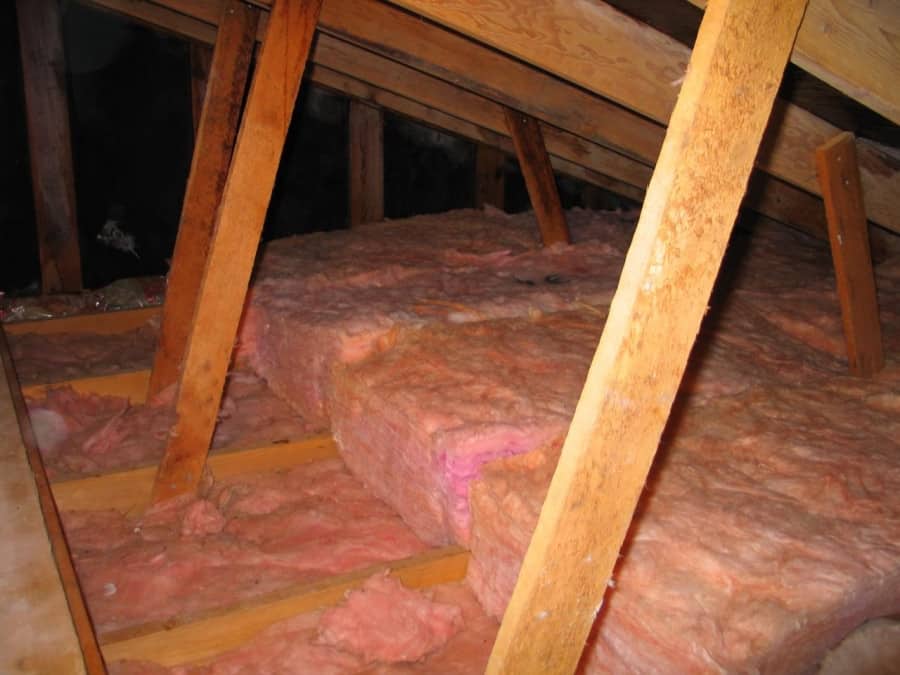If you have taken the proper steps to remove excess humid air from your home and you re still having condensation issues it might be time to check the attic insulation.
Excess moisture in attic space.
The key to ensuring moisture doesn t find its way into your home is by finding out where the water is.
As the moisture migrates upwards to the colder attic areas during the winter months the relative humidity is increased to the point that condensation can occur on cold surfaces.
Excess moisture can jeopardize your home s structural integrity as it can lead to damage of your home including your walls floors furniture and precious storage and cause health annoyances including allergies or difficulty breathing.
Your problem is warm air leaking into the now cold attic.
Attic clean up professionals always look for signs of moisture in attics and homeowners should regularly do this as well.
The solution is to air seal between the attic and the heated space below.
When the air is warm it holds a lot of moisture so the relative humidity was low and there was no moisture problem.
Make sure the entire floor is covered with a thick even layer of insulation labeled r 30 or higher.
This can result in mold rust and deterioration of wood and structural fasteners.
Insulation is responsible for keeping warm air inside your living space and out of the attic where it can lead to condensation.









